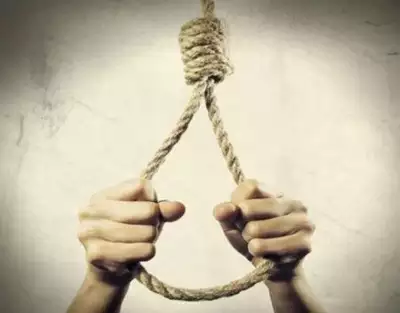The intersection of mental health crises and the availability of suicide items is a critical and often tragic issue. This intersection highlights how societal factors, such as access to means of self-harm, can profoundly impact mental health outcomes and suicide rates. Addressing this issue requires a multifaceted approach that combines mental health support with policies aimed at reducing access to methods of suicide. Mental health crises can manifest in various ways, including acute episodes of depression, anxiety, or psychosis. During these times, individuals might experience overwhelming despair or hopelessness, which can increase the risk of suicide. Research shows that people in crisis often make impulsive decisions. Thus, limiting access to means of self-harm during these critical moments can be a significant preventive measure. The availability of items commonly used in suicides, such as firearms, pharmaceuticals, or other hazardous materials, plays a substantial role in the rates of suicide. For instance, studies indicate that firearms are used in a significant portion of suicides in the United States. In countries with stricter gun control laws, suicide rates are often lower, suggesting that restricting access to lethal means can reduce suicide rates.

Similarly, the availability of prescription medications, particularly opioids and benzodiazepines, can contribute to suicide risk if these medications are not properly regulated and monitored. How to kill yourself Pharmaceutical overdoses account for a substantial proportion of suicides, underscoring the need for stricter regulations and monitoring systems. In many cases, individuals in distress may misuse medications to end their lives, highlighting the necessity for both secure storage practices and responsible prescribing. Enhanced prescription monitoring programs and patient education can help mitigate the risk associated with medication misuse. Another aspect of this issue is the role of environmental factors and household items that can be used for self-harm. Simple items, such as sharp objects or toxic substances, can also contribute to the risk of suicide. Safety measures, such as secure storage of dangerous chemicals and sharp objects, can be effective in reducing impulsive acts of self-harm. Beyond the immediate issue of availability, there is a pressing need for comprehensive mental health support. Access to mental health care services is crucial in addressing the root causes of suicidal thoughts and behaviors.
Effective treatment for mental health conditions, including therapy and medication, can help individuals manage their symptoms and reduce their risk of suicide. Preventive strategies also include public awareness campaigns and education that aim to de-stigmatize mental health issues and encourage individuals to seek help early. Crisis intervention services, such as suicide prevention hotlines and mobile crisis units, provide immediate support for individuals in distress, offering an essential lifeline that can prevent suicide. Policy measures that integrate mental health support with strategies to limit access to means of self-harm can create a more comprehensive approach to suicide prevention. This includes advocating for legislation that restricts access to firearms and medications, promoting safe storage practices, and enhancing mental health care services. By addressing both the availability of suicide items and the underlying mental health issues, we can create a more effective framework for preventing suicides and supporting those in crisis.